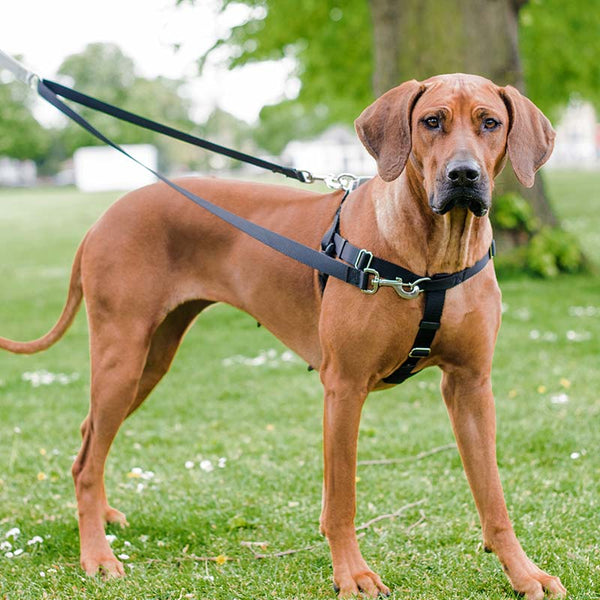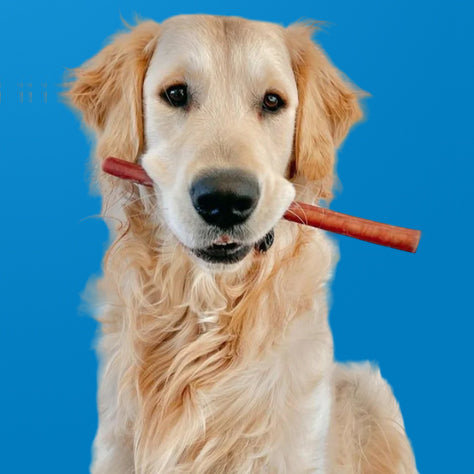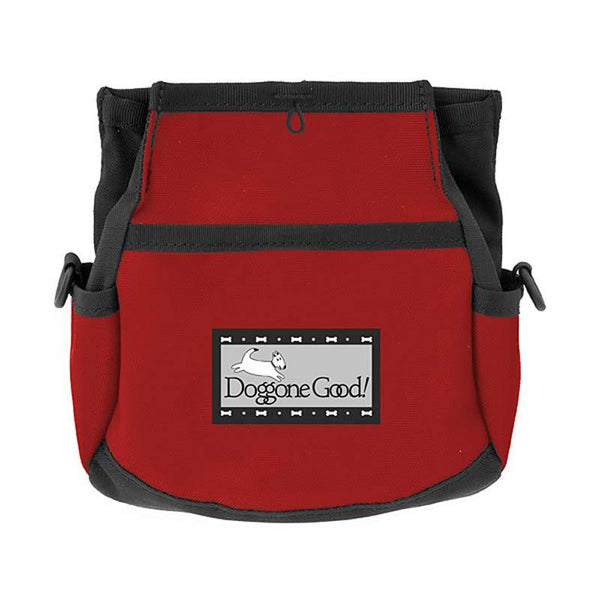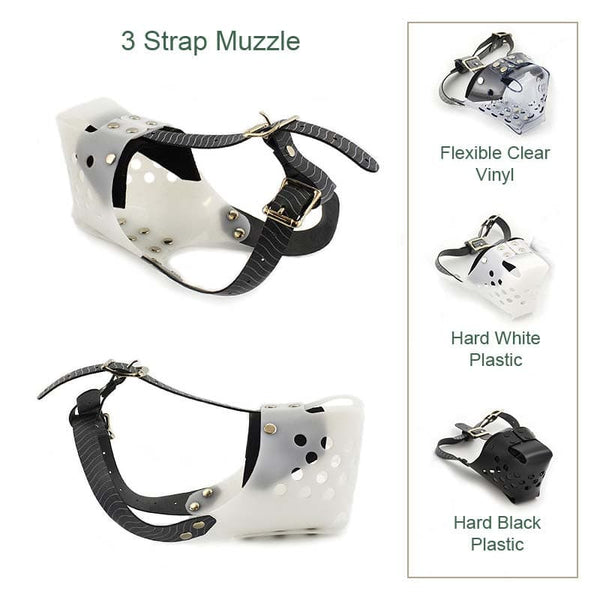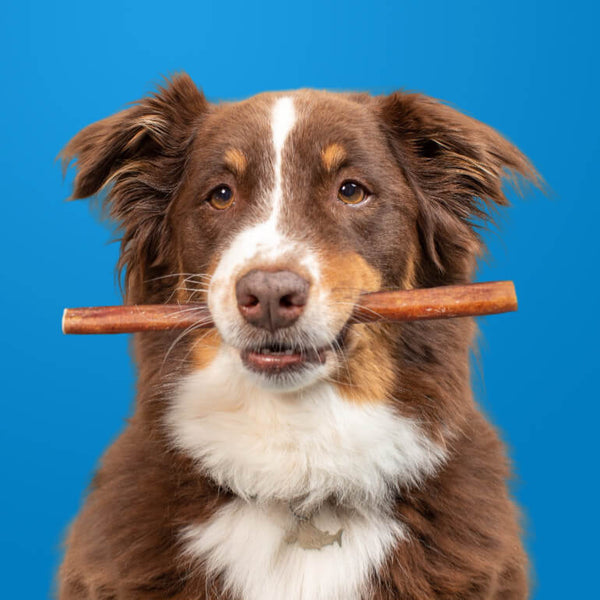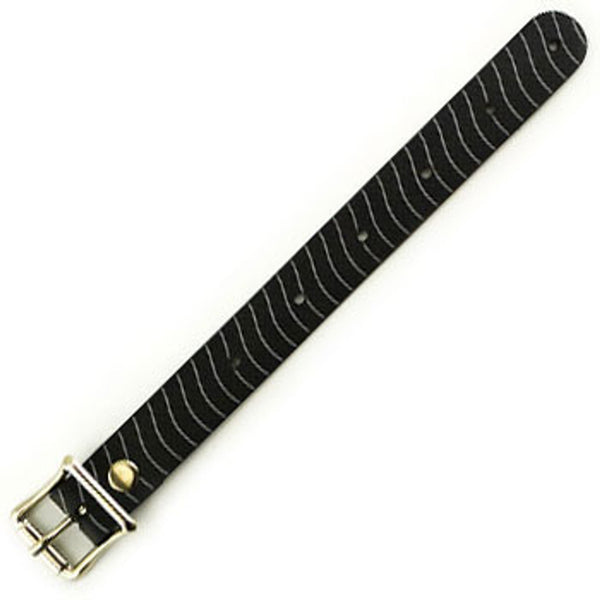Your Dog is Always Learning and Will Do What Works!
By Jess Rollins
Copyright Info
The key is to be conscious of and reinforce your dog's behavior in the course of your daily routine!
Your dog is paying close attention and learning from every cause and effect in his world. He will learn to do what works to get him what he wants, and it might not always be the behavior you had in mind! Be careful to prevent, ignore or give him a time him out for behavior you don't like and reward behavior you do like. It is essential that all family members practice his lessons with him and respond to his behavior the same way each time in order for him to learn quickly. It is also important to remember to practice the lessons that he has learned occasionally to keep them fresh in his mind. I will explain below some ways to reward and discourage your dog's behavior.
Part 1: How to Reward Your Dog's Good Behavior So That He Does it More Often
Your dog is always learning. Each time you interact with him, he is perceiving your actions as reward or punishment for what he did a moment ago. Teaching good manners consists of "catching your dog doing something right" and rewarding him, as well as making sure you don't accidentally reward what you don't like. It does not really take a lot of work or time to train your dog to have good manners, but it takes concentration and an awareness that you are essentially always training. You will likely find plenty of opportunities to reward him in your daily routine once you start looking.
Examples of behaviors to "catch and reward":
- Lying quietly
- Playing with a toy
- Being brave by investigating a new situation which would usually frighten him
- Walking beside you on a walk
- Sitting politely while you eat your dinner (even if it's for just a second at first!)
- Paying attention to you
- Allowing you to handle his paws
- Being friendly to a new person
Use activities / privileges your dog likes to reward good behavior:
You can use many types of rewards to reward behaviors you like, and some which you might already be giving away for free! Examples of things that dogs often find rewarding are:
- Going in and out of doors
- Getting up on furniture
- Being petted or praised
- Being fed
- Playing with you or being given a toy
- Getting the leash put on in anticipation of a walk
Avoid accidentally discouraging your dog's good behavior:
Sometimes we accidentally punish the things that we like our dogs to do. For example, if you call your dog to come to you and then trim his nails or clean his ears, he may think twice about coming to you the next time. To avoid punishing your dog for behaviors that you like, simply try not to do unpleasant things to him after he does something good!
Some examples of activities that your dog may find unpleasant and "punishing" which should be avoided after good behavior are:
- Rough petting or cuddling when he is "not in the mood"
- Leaving the park or stopping other fun activities
- Being groomed (nail trimming, ear cleaning)
- Being separated from his family
Part 2: How to Discourage Your Dog's Misbehavior So He Does it Less Often
First, avoid accidentally rewarding your dog's misbehavior
Most people know that it is important to reward your dog for doing something right, but it as important to make sure to not reward him when he does something wrong. When you get your dog's leash out, does he jump all over while you wrestle his leash on? Taking your dog outside for a walk after he behaves like that would be rewarding him for his unruly behavior. Instead, try putting the leash away for a moment when he starts to jump and then try again when he has settled down. Repeating this until he is able to stay off of you will help teach him to be calm for the things he wants.
Here are a few examples of behaviors to ignore that commonly get rewarded with attention:
- Begging at the table
- Whining in the crate
- Jumping up to say hello
- Barking for attention
Ignoring misbehavior to help discourage it
|
|
Ignoring your dog sounds simple, but it is often difficult for us to do properly. Ignoring is best used for attention getting misbehavior. Examples of this are jumping up, begging, nudging, excessive licking, and barking for attention. You can most effectively ignore your dog by:
- When your dog tries to get your attention in a way that you don't like, turn away from him so you are no longer looking at him. Don't speak to him or touch him. Continue to look away until he has stopped.
- Wait for the next time he is behaving in a way you like and then give him the attention he wants.
Tip on ignoring: Some dogs attempt to "work the system" by doing something naughty like jumping up to get your attention and then sitting to get a reward. You can prevent this by making sure to reward good behavior before your dog feels the need to be naughty in order to get your attention.
Using a "time out" to discourage misbehavior
A time out (TO) is a brief and boring time away from his family and fun activities used to discourage "rude" behaviors like playing too rough, and some types of barking. The most important thing to remember about the TO is that it should be used sparingly. Removing your dog from his social circle is a punishment to him and punishments can have side-effects. One possible side-effect with the TO is that he decides that your walking towards him is a "bad thing", because it sometimes leads to him being put in time out. This is why it is best to use the TO in moderation and to put more effort into prevention and using rewards to teach him manners. For more on how to use a Time Out to discourage your dog's misbehavior, click here.
A note on using physical punishment or "corrections" to discourage misbehavior
What I am calling a physical punishment refers to something a person would do to the dog after he misbehaves that is unpleasant or scary. It could include a loud noise, a shock or tightening a choke collar. Physical punishments are risky and almost never necessary. One of the main reasons that punishments are risky is because they can cause fear, and fear is a major contributor to aggression and shyness. If you choose to use a physical punishment, you should seriously consider seeking the help of an experienced professional trainer who can coach you on your timing and application. However, I predict that the more you concentrate on preventing misbehavior and rewarding good behavior, the less you will be tempted to use physical punishments since you will no longer need them!
Using punishment correctly is not simple and mistakes can have serious consequences. I have outlined the some of the requirments for effective use of punishment:
- The punishment should follow the "crime" by less than 10 seconds so that your dog will not be confused about what behavior is being punished.
- The punishment should be just the right severity to reduce the misbehavior in 2-3 applications. If the punishment is too weak, it could make your dog less sensitive to punishments in the future, and if it is too harsh it could traumatize or physically harm your dog. If a punishment is too strong, his resulting fear could lead to another behavior problem.
- Your dog should not be able to tell that a person is punishing him. Otherwise he may learn to misbehave when no one is looking, or he may decide that people are unpleasant or scary to be around. The punishment should appear to come directly from the universe like gravity. A good example is a booby trap.
- Your dog should be taught a new behavior to replace the misbehavior. For example, teach him to "sit" instead of jumping up to get attention. If your dog has no alternate behavior for the one that was punished then he may get confused about what he is supposed to do in that situation. In his confusion, he may choose another misbehavior or become stressed and worried.
- Be aware that punishment if used for aggressive behaviors can be very dangerous. For example, if your dog growls at your daughter and you punish him by yelling at him and shaking him, he may stop growling at your daughter when you are near and the problem may seem solved. However, your dog is likely now even less comfortable around your daughter and the risk of a bite without a warning growl is higher.
Some examples of poorly applied physical punishments and possible consequences:
- "Rubbing your dog's nose in it" - This technique is generally applied too long after a house training accident and so he will not associate the accident with the punishment. It could make your dog afraid of you, or he may learn that he needs to hide from you to poop.
- Yelling at a barking dog - This could increase barking if the cause of the barking is to get attention. It could cause him to fear the person who is yelling or it could convince him that what he was barking at was truly important since his person is "barking" too.
- Jerking the leash when the dog pulls - This is usually not a strong enough punishment to deter pulling for long. Leash jerks can also be damaging to your dog's neck and spine.
- Kneeing a dog that jumps up - This may teach the dog that people are unpleasant or he if he enjoys being rough he may learn to jump more aggressively.








